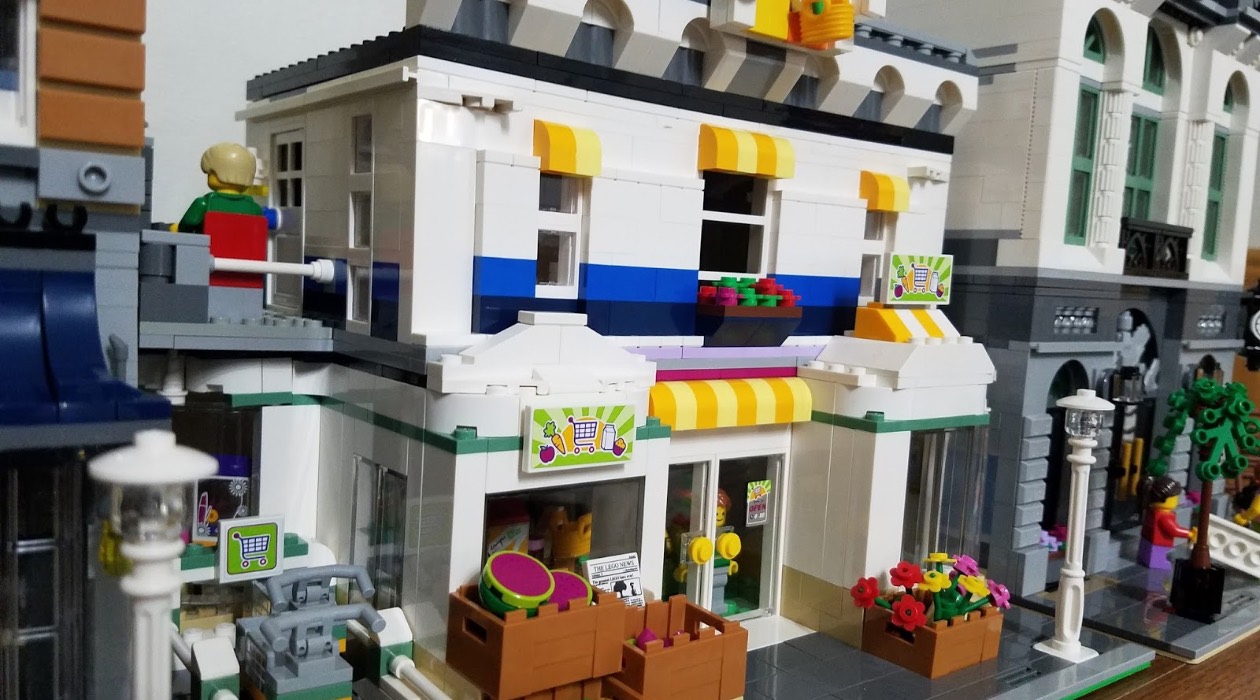

Articles
How To Store Legos That Are Built
Modified: February 26, 2024
Learn the best ways to store your built Legos with our helpful articles. Keep your creations organized and protected with these tips.
(Many of the links in this article redirect to a specific reviewed product. Your purchase of these products through affiliate links helps to generate commission for Storables.com, at no extra cost. Learn more)
Introduction
Legos are not just toys; they are a source of creativity and imagination for people of all ages. Whether you’re a child building your very first Lego set or an adult indulging in the therapeutic act of constructing intricate creations, storing your built Legos properly is essential to protect your hard work and ensure their longevity.
Keeping built Lego sets intact can be challenging, especially when you have multiple sets and limited storage space. However, with the right approach and organization strategies, you can easily store your Legos and maintain their original form.
In this article, we will explore several methods for effectively storing built Lego sets. From displaying them as proud showcases to dismantling and sorting the pieces for future use, we’ll cover various storage solutions to accommodate different preferences and circumstances.
So, if you’re wondering how to store Legos that are built, read on to discover practical and creative ways to preserve your Lego creations and keep them safe from damage.
Key Takeaways:
- Showcase your built Lego sets as proud displays, adding a decorative element to your living space while protecting your creations from damage and dust. Regular cleaning and careful positioning are essential for maintaining their original form.
- Dismantling and sorting Lego pieces not only saves space but also fosters creativity and innovation in building projects. Labeling and organizing pieces enhance efficiency and ease of access, making the building process more enjoyable.
Read more: How To Store Legos
Method 1: Displaying Built Lego Sets
If you take pride in your built Lego sets and want to showcase them as a piece of art, displaying them is the perfect storage option. Not only does it keep your creations intact, but it also allows you to admire and appreciate them on a daily basis.
Here are a few ideas for displaying your built Lego sets:
- Shelving Units: Install wall-mounted shelves or freestanding display cabinets to show off your Lego sets. Arrange them in a visually appealing manner, grouping sets by themes or sizes.
- Glass Display Cases: Invest in glass display cases with built-in lighting to give your Lego sets a museum-like presentation. These cases provide protection against dust and unwanted handling while allowing you to view your creations from all angles.
- Shadow Boxes: Shadow boxes are shallow, framed display cases that can be hung on walls or placed on tabletops. Arrange your built Lego sets within the box, adding small props or accessories to enhance the display.
- Custom-Built Display Stands: For larger or more intricate Lego sets, consider building custom display stands to showcase them. These stands can be made using Lego bricks or other materials, depending on your preference.
When displaying your built Lego sets, make sure to clean them regularly to remove any dust or dirt that may accumulate. Additionally, keep them away from direct sunlight or strong lighting to prevent fading or discoloration of the bricks.
Displaying your Lego sets not only serves as a storage solution but also adds a decorative element to your living space. It allows you to showcase your creativity and share your love for Legos with others.
Method 2: Dismantling and Sorting Lego Pieces
If you have limited space or prefer to keep your Lego collection organized for future building projects, dismantling and sorting the Lego pieces is an effective storage method. By disassembling the built Lego sets and grouping the pieces systematically, you can easily find specific elements when needed.
Here are some steps to follow for dismantling and sorting your Lego pieces:
- Take Photos: Before dismantling your Lego sets, take clear photos of the completed models from different angles. These photos will serve as references for rebuilding the sets in the future.
- Separate Pieces: Gently dismantle the Lego sets, carefully separating the pieces based on their types, sizes, and colors. Use small containers or trays to keep the pieces organized during the sorting process.
- Use Sorting Trays or Drawers: Invest in sorting trays or small drawers with dividers to organize and store the Lego pieces. Label each section based on the piece type or color to facilitate easy retrieval later.
- Consider a Sorting System: If you have a large Lego collection, create a more intricate sorting system. For example, you can use tackle boxes or storage bins with multiple compartments to categorize the pieces by shapes, sizes, functionality, or specific themes.
- Secure Small Pieces: Place smaller Lego elements, such as minifigures, accessories, or tiny bricks, in sealable bags to prevent them from getting lost or mixed up with other pieces. Store these bags in a separate compartment or container.
By dismantling and sorting your Lego pieces, you not only save space but also make it easier to find specific parts when building new creations. It also gives you the opportunity to mix and match different pieces from various sets, fostering creativity and innovation in your building projects.
Remember to label and document your sorting system to maintain organization and ensure smooth retrieval of Lego pieces in the future. With this method, you can explore endless building possibilities without the hassle of digging through a jumbled pile of Lego bricks.
Method 3: Using Storage Containers
For a straightforward and practical storage solution, using storage containers is a popular choice. Whether you have a small or large Lego collection, using containers helps keep the pieces organized, easily accessible, and protected from damage.
Here’s how you can use storage containers to store your built Lego sets:
- Select the Right Containers: Choose storage containers that are sturdy, stackable, and transparent. Plastic storage boxes with latching lids are often the best option, as they provide protection and visibility for your Lego sets.
- Consider Size and Compartmentalization: Depending on the size and number of your Lego sets, opt for containers with compartments or dividers. This allows you to separate and categorize different sets, making it easier to locate specific models when needed.
- Label the Containers: Clearly label each container with the set’s name or theme to quickly identify the contents. You can use adhesive labels, marker pens, or even printable labels for a neat and organized storage system.
- Protect the Sets: To prevent any damage to your Lego sets, wrap fragile or intricate models with bubble wrap or tissue paper before placing them in the containers. This adds an extra layer of protection during storage or transportation.
- Utilize Drawer Units: If you prefer a more compact storage option, consider investing in a drawer unit with multiple small drawers. Label each drawer with the set’s name or theme and arrange the built Lego sets accordingly.
Using storage containers not only keeps your Lego sets organized but also protects them from dust, moisture, and accidental damage. It also allows for easy transportation if you need to move or transport your Lego collection.
Remember to regularly check for any signs of mold or mildew in the containers as plastic containers can trap moisture. Proper maintenance and occasional cleaning of the storage containers will help ensure your Lego sets remain in excellent condition for years to come.
Method 4: Using Drawers or Cabinets
If you prefer a more organized and easily accessible storage solution for your built Lego sets, using drawers or cabinets can be an excellent option. With dedicated compartments and ample space, drawers and cabinets allow you to store your Lego sets while keeping them neat and readily available for building or display.
Here’s how you can effectively use drawers or cabinets to store your built Lego sets:
- Select Appropriate Storage Units: Choose drawers or cabinets that are sturdy, with enough space to accommodate your Lego sets and allow for future expansion. Ensure they have smooth sliding mechanisms or hinges.
- Determine Layout and Compartmentalization: Plan how you want to arrange your Lego sets within the drawers or cabinets. Consider using dividers or adjustable shelves to create separate compartments for each set, ensuring they don’t mix or collide with one another.
- Label and Categorize: Label each compartment or drawer with the set’s name or theme to easily identify and retrieve specific Lego sets. You can use removable labels or even create a color-coded system for efficient organization.
- Secure Fragile Models: If you have particularly delicate or complex Lego sets, consider using foam or padding to protect them within the drawers or cabinets. This will prevent any accidental damage during storage or movement.
- Arrange by Size or Theme: Depending on your preference, arrange the Lego sets within the drawers or cabinets by size, theme, or even building difficulty. This will help you locate and select sets based on your preferences or project requirements.
Using drawers or cabinets to store your built Lego sets not only keeps them organized and protected but also offers a visually appealing storage solution. It allows you to create a dedicated Lego storage area where you can easily access and admire your collection.
Remember to periodically check for any signs of wear or damage to the drawers or cabinets and address them promptly. Regular maintenance will ensure the longevity of both your built Lego sets and the storage units themselves.
Consider using clear plastic storage containers with lids to store built Lego creations. This will help protect them from dust and damage while still allowing you to easily see what is inside.
Read more: How To Store Lego Boxes
Method 5: Using Ziplock Bags
If you’re looking for a cost-effective and space-saving solution to store your built Lego sets, using Ziplock bags can be a convenient option. Ziplock bags provide a simple and practical way to keep your Lego sets organized, easily accessible, and protected from dust and damage.
Here are some steps to effectively use Ziplock bags for storing your built Lego sets:
- Dismantle Lego Sets: Carefully dismantle the Lego sets, separating the pieces based on their types, sizes, and colors. This will make it easier to store them in Ziplock bags and prevent any small pieces from getting lost.
- Group Similar Pieces: Group similar Lego pieces together to help streamline the storage process. For example, put all the bricks of the same size and color in one bag, separate minifigures and accessories into another bag, and so on.
- Choose Appropriately Sized Bags: Select Ziplock bags that are large enough to comfortably accommodate the Lego pieces without causing excess strain or bending. It’s a good idea to have different sizes of bags on hand to fit various types of Lego elements.
- Label and Seal the Bags: Label each Ziplock bag with the set’s name or a brief description to easily identify its contents. This will help you quickly locate specific Lego sets when you want to rebuild them in the future. Make sure to seal the bags tightly to prevent any pieces from spilling out.
- Consider Additional Storage Containers: While Ziplock bags are a great initial storage solution, you may want to further organize them within larger containers, such as plastic bins or drawers, for easier access and better protection.
Using Ziplock bags provides a flexible and portable storage option for your built Lego sets. It allows you to easily access individual sets or specific pieces without having to search through larger storage containers.
Remember to store the Ziplock bags in a cool, dry place to prevent any moisture or humidity from affecting the Lego pieces. Additionally, periodically check the integrity of the bags for any signs of wear and tear, replacing them as necessary to ensure the longevity of the storage solution.
Method 6: Labeling and Organizing Lego Pieces
Keeping your Lego pieces organized is crucial for both efficient building and easy access to specific elements when needed. Method 6 focuses on the importance of labeling and organizing your Lego pieces, allowing you to quickly find the exact piece you’re looking for during your building projects.
Here are some steps to effectively label and organize your Lego pieces:
- Sort by Type or Color: Start by sorting your Lego pieces by type or color. This will help you categorize and group similar elements together, making it easier to locate specific pieces during your building process.
- Use Storage Containers with Compartments: Invest in storage containers with adjustable dividers or compartments. These containers allow you to customize the size of each section based on the quantity and size of the Lego pieces you have for each category.
- Label the Containers: Label each container or compartment according to the type of Lego pieces it holds. Labeling can be done using adhesive labels, marker pens, or even color-coded stickers, depending on your preference.
- Consider a Sorting System: If you have a vast Lego collection, consider implementing a more detailed sorting system. For instance, you can sort pieces by size, shape, function, or even specific categories like bricks, plates, technic pieces, and minifigure accessories.
- Use Small Parts Organizers: For small or specialized Lego pieces, such as tiny technic pins or minifigure accessories, opt for small parts organizers with multiple compartments. This allows you to store and locate these smaller elements easily.
- Keep a Reference Guide: Create a reference guide or inventory list of the different types of Lego elements you have sorted. This will help you quickly identify and locate specific pieces during your building process.
Labeling and organizing your Lego pieces not only helps you stay organized but also saves time and frustration when searching for specific elements. It enhances your building experience and allows for more creative and efficient construction of your Lego creations.
Remember to consistently maintain the organization system by returning pieces to their designated compartments after each use. Regularly reassess and adjust your system as your Lego collection grows or your needs change.
Method 7: Creating a Lego Building Station
If you’re a dedicated Lego builder who enjoys spending hours constructing intricate creations, having a dedicated Lego building station can elevate your building experience to another level. Method 7 focuses on creating an organized and functional workspace specifically designed for building your Lego sets.
Here are some steps to effectively create a Lego building station:
- Select an Ideal Space: Choose an area in your home where you can set up your Lego building station. It could be a table, desk, or even a dedicated room if you have enough space.
- Invest in a Large Work Surface: Ensure that your building station has ample workspace to accommodate your Lego sets and provide enough room for building without feeling cramped. A large table or desk with a smooth surface is ideal.
- Organize Tools and Supplies: Keep your building tools and supplies within easy reach. Use small storage containers or caddies to keep Lego bricks, tools, minifigures, and other accessories organized and within arm’s reach.
- Utilize Storage Solutions: Incorporate storage solutions into your building station to keep LEGO sets and loose pieces organized. This could include shelves, drawers, or storage containers that are easily accessible but do not clutter the workspace.
- Consider Display Shelves: If you have built Lego sets that you want to showcase while having your building station, install display shelves or racks on the wall nearby. This allows you to admire your completed creations while working on new projects.
- Ensure Good Lighting: Adequate lighting is essential for detailed building. Position your Lego building station near a window to take advantage of natural light during the day, and consider adding additional lighting fixtures to brighten up the space in the evening.
- Create a Designated Sorting Area: Dedicate a small section of your building station as a sorting area. Use sorting trays or small containers to quickly organize and separate Lego pieces as you work on different projects.
Creating a Lego building station provides you with a designated space where you can focus on your building projects. It not only keeps your Lego sets and pieces organized but also enhances your overall building experience by providing a comfortable and efficient workspace.
Remember to personalize your building station to make it a space that reflects your creativity and inspires you. Add some fun décor or display your favorite Lego sets to create a space that truly brings joy to your Lego-building endeavors.
Conclusion
Storing built Lego sets in an organized and efficient manner is essential for preserving your creations, protecting them from damage, and ensuring easy access for future building projects. In this article, we explored seven different methods for storing built Legos, each with its own advantages and suitability based on personal preferences and available space.
From displaying built Lego sets as proud showcases to dismantling and sorting the pieces for easy retrieval, using storage containers, drawers or cabinets, Ziplock bags, labeling and organizing pieces, and creating a dedicated Lego building station, there are various options to choose from depending on your needs and preferences.
Remember to consider factors such as space availability, storage capacity, ease of access, organization, and protection when selecting the storage method that works best for you. It’s also important to regularly assess and adjust your storage system as your Lego collection grows and your building needs change.
By implementing the appropriate storage method, you can keep your built Lego sets safe, organized, and always ready for future building adventures. Whether proudly displaying them as works of art, meticulously sorting and categorizing every piece, or creating a dedicated Lego building station, find the method that aligns with your creativity and personal style.
So go ahead, protect your hard work, and continue to enjoy the endless possibilities of building with Legos. With the right storage solution, your Lego collection will remain a source of joy, inspiration, and imaginative play for years to come.
Frequently Asked Questions about How To Store Legos That Are Built
Was this page helpful?
At Storables.com, we guarantee accurate and reliable information. Our content, validated by Expert Board Contributors, is crafted following stringent Editorial Policies. We're committed to providing you with well-researched, expert-backed insights for all your informational needs.
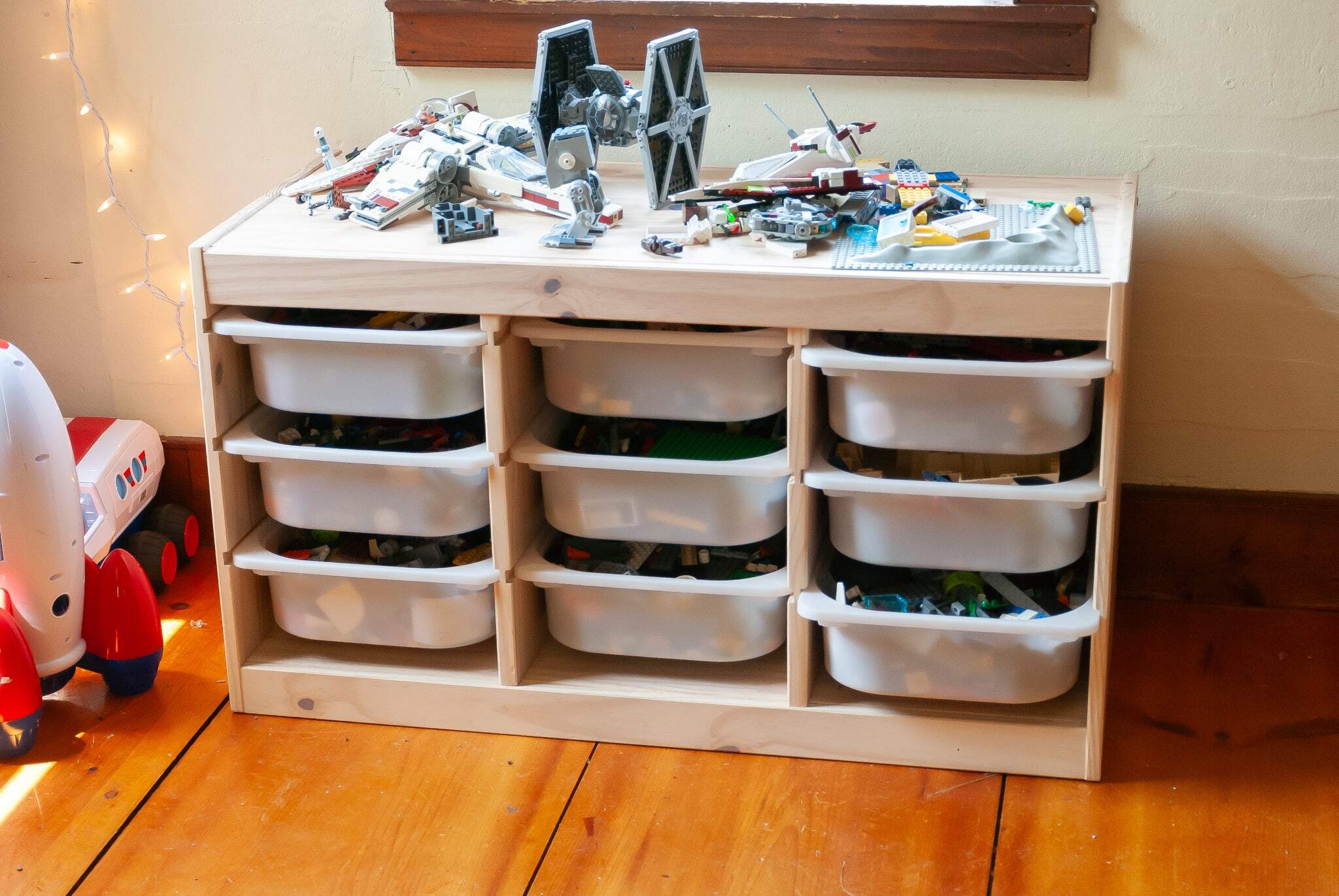
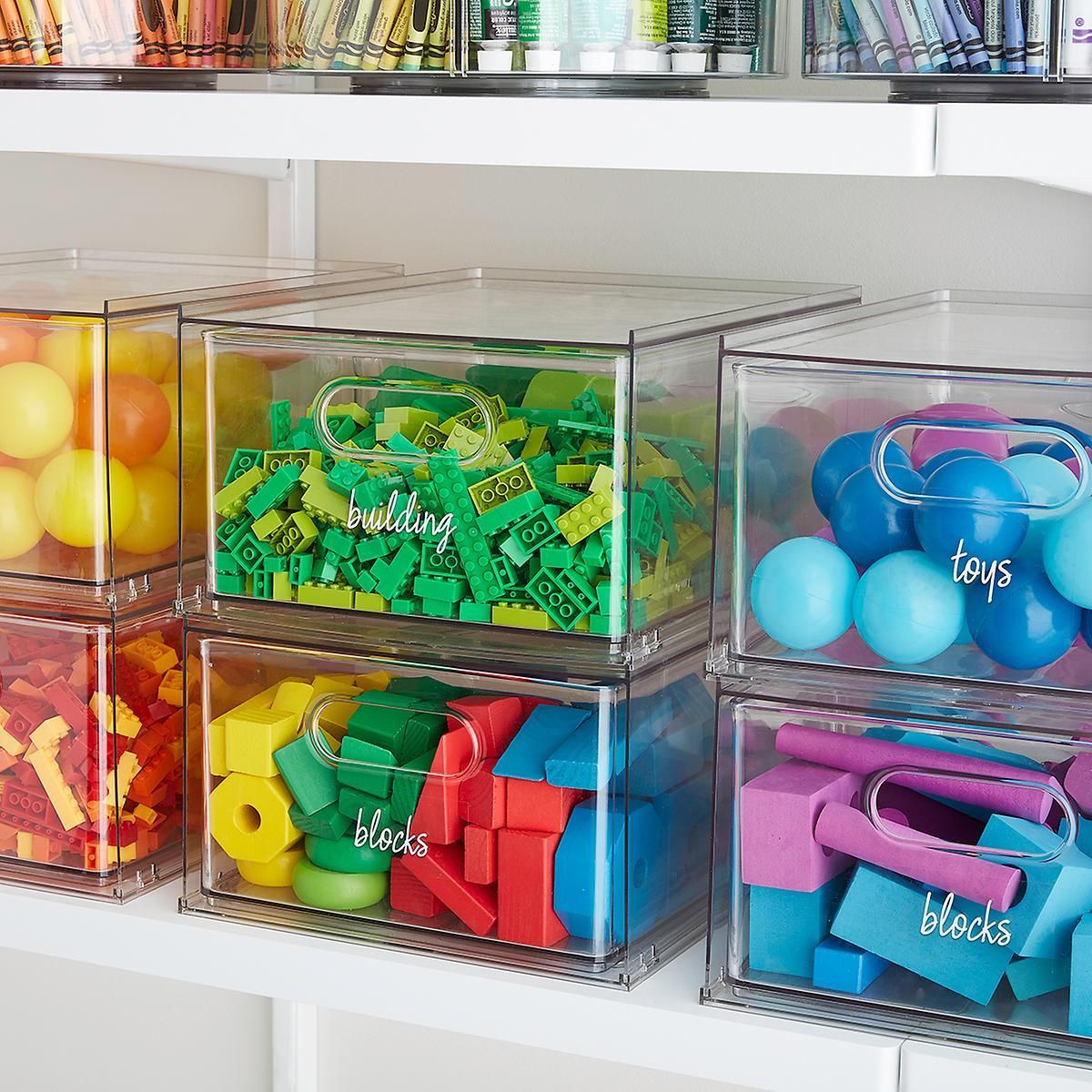
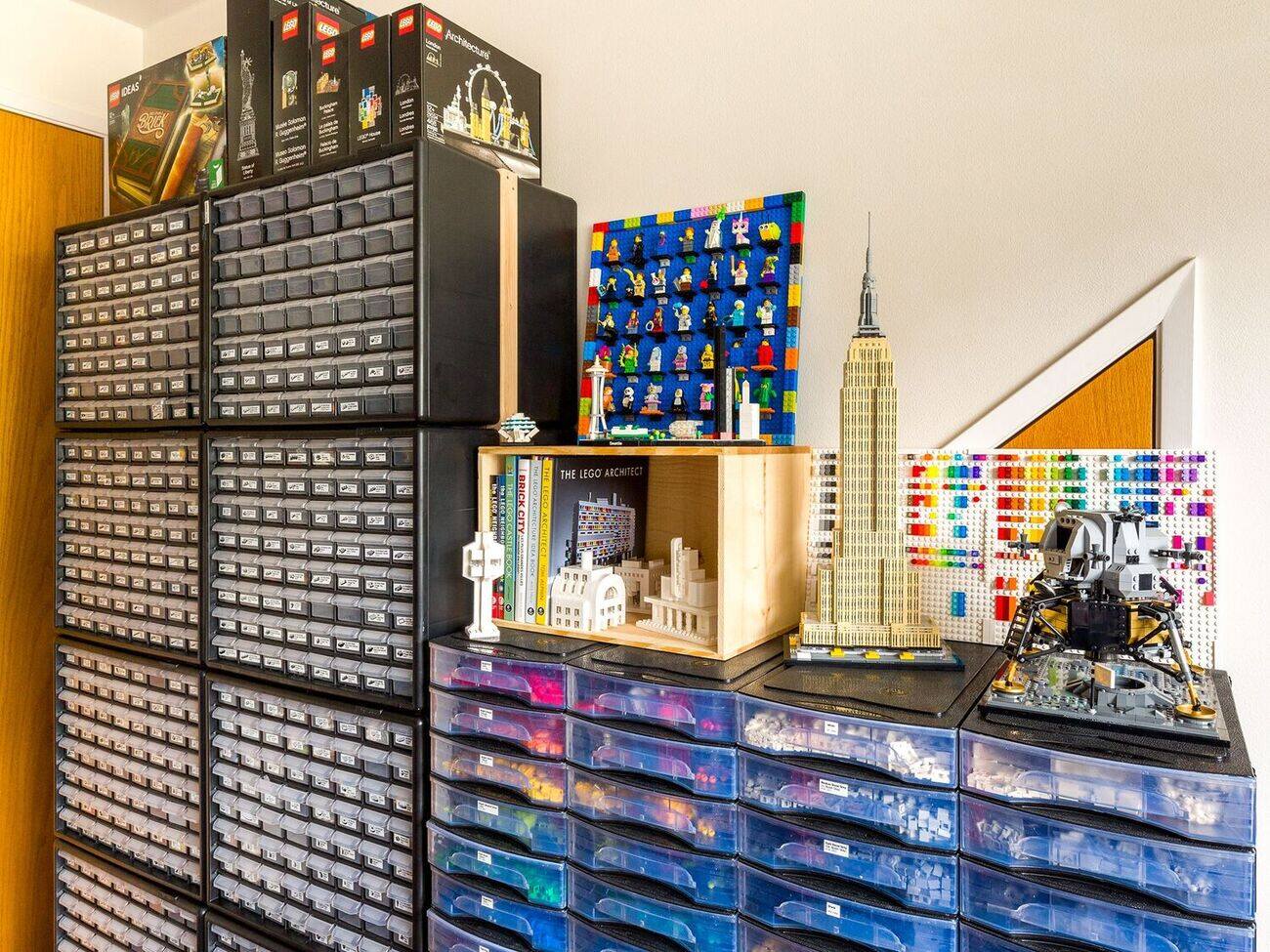
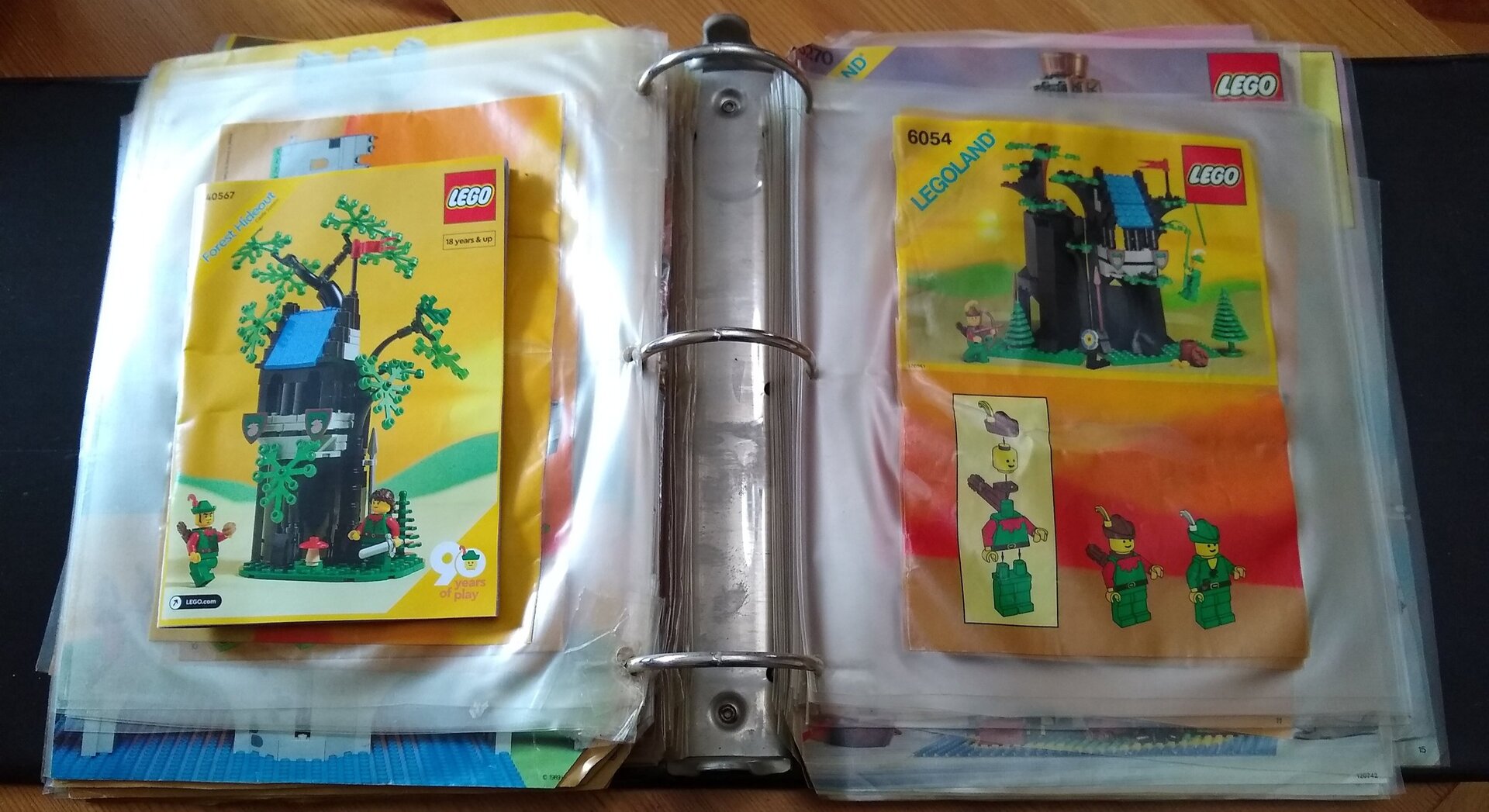
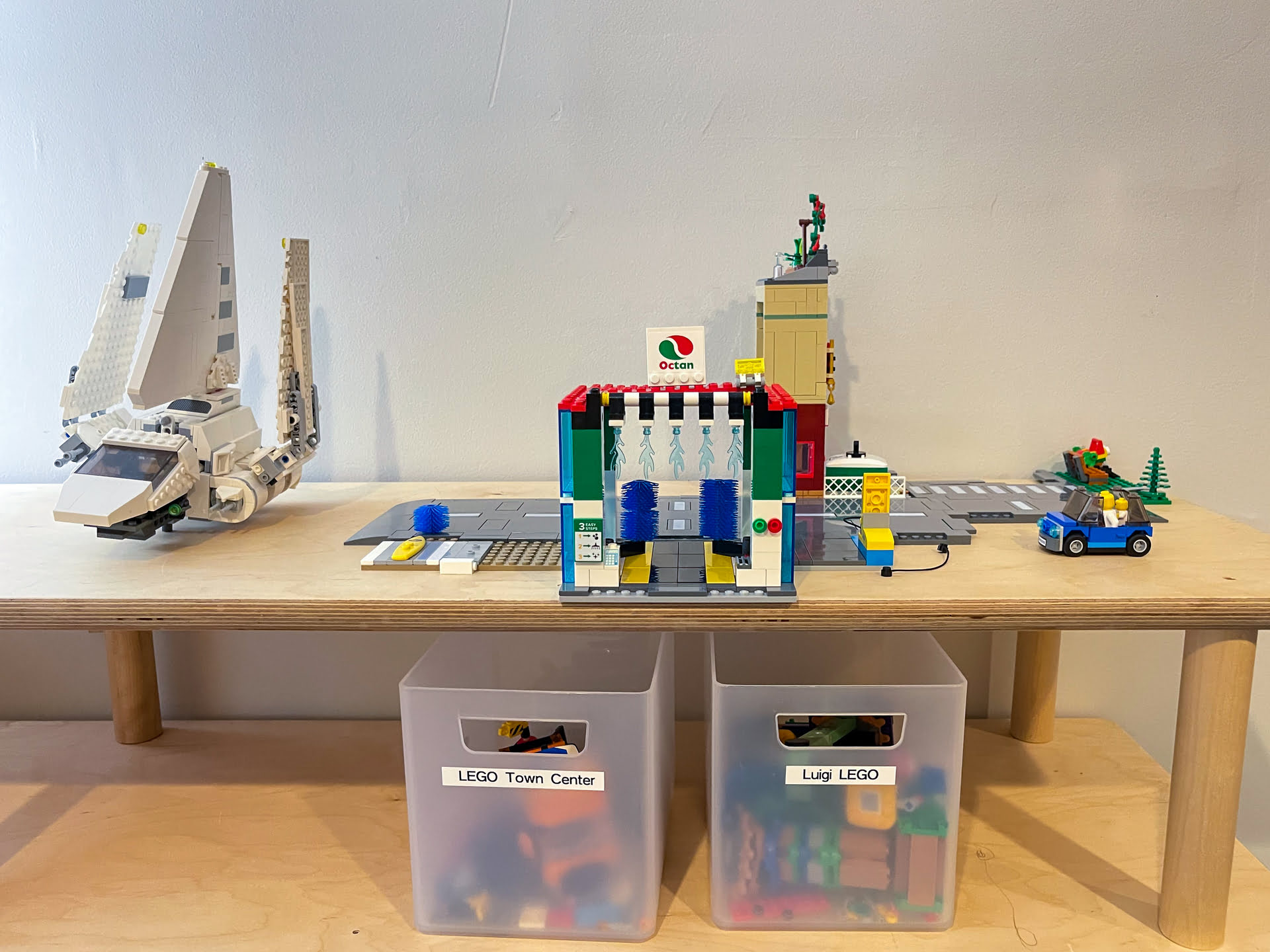
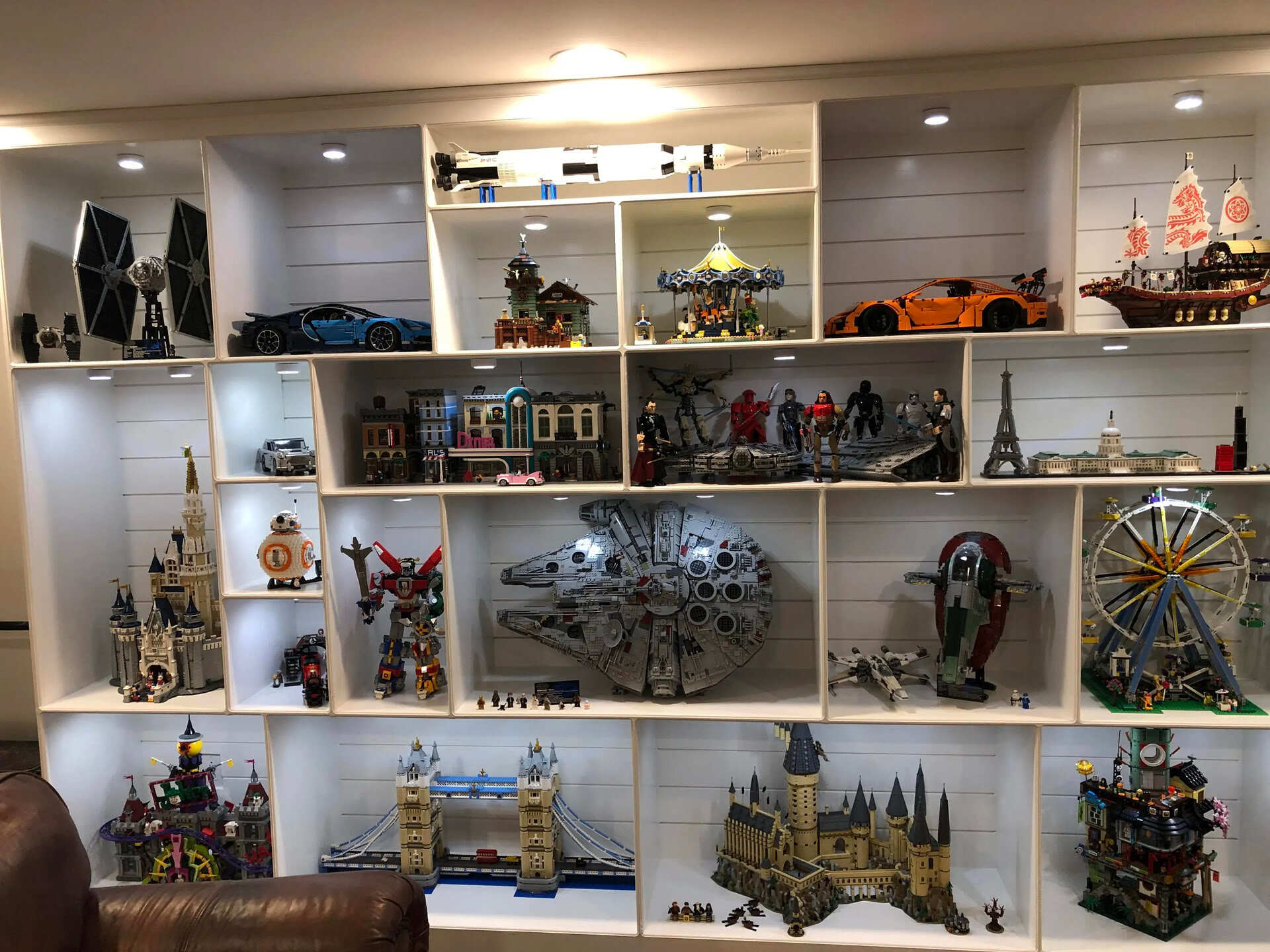
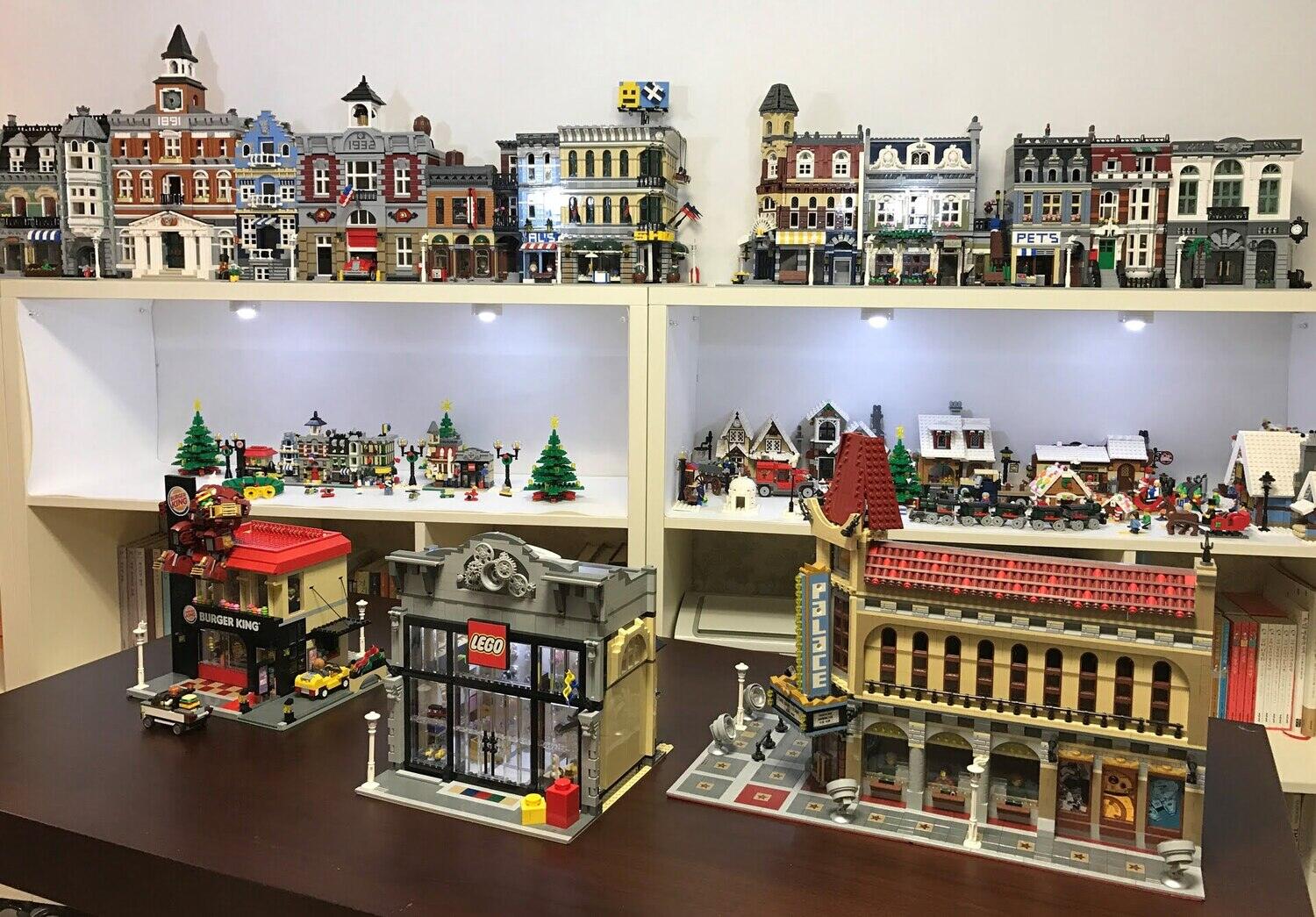
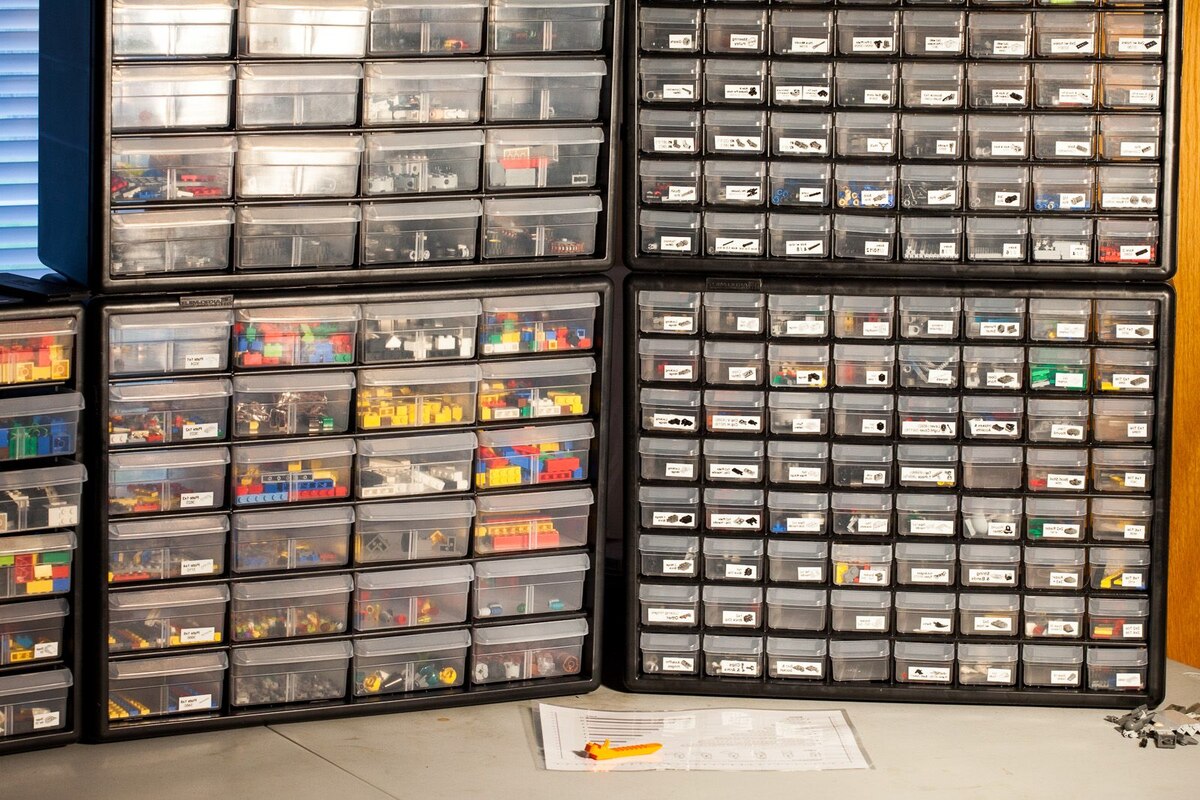
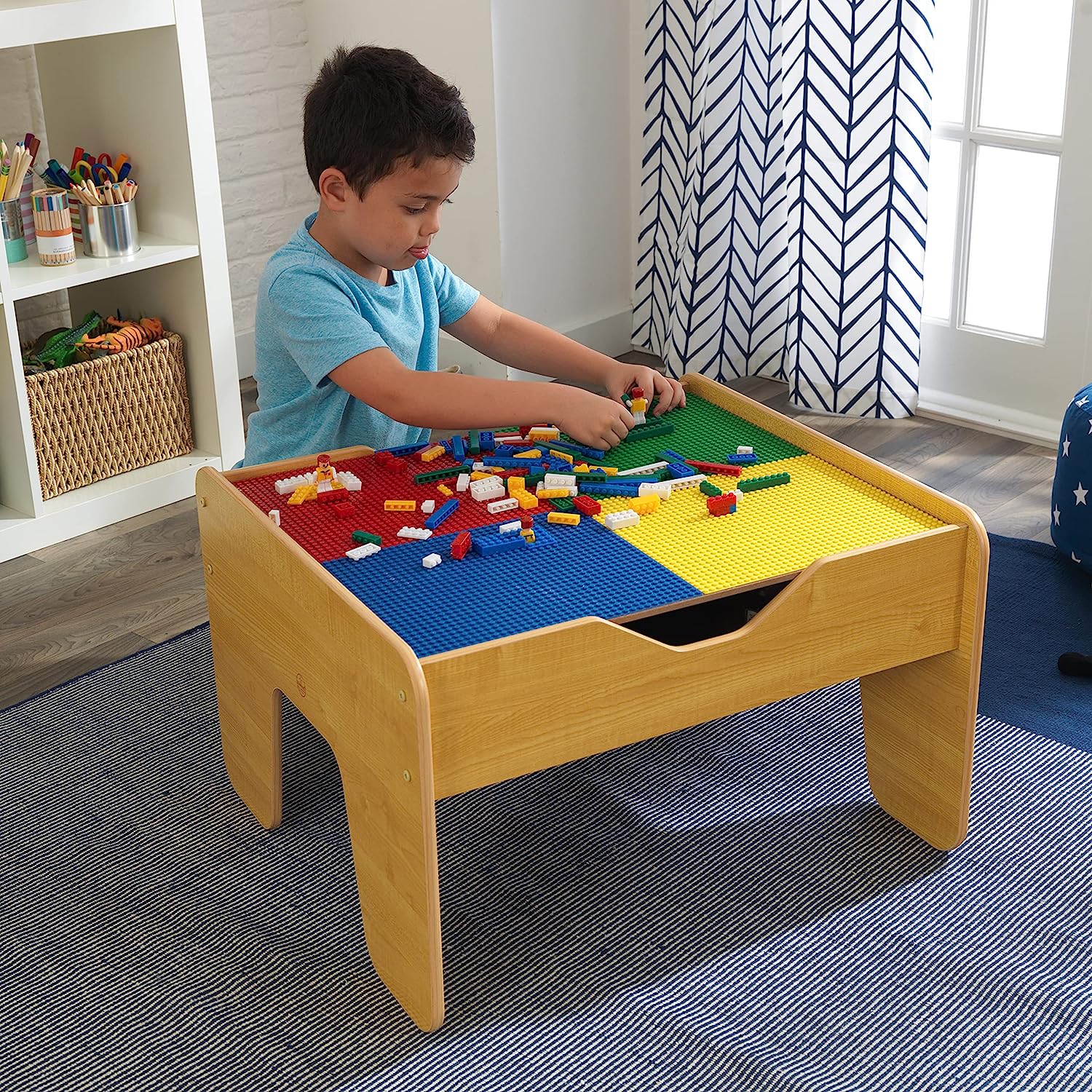
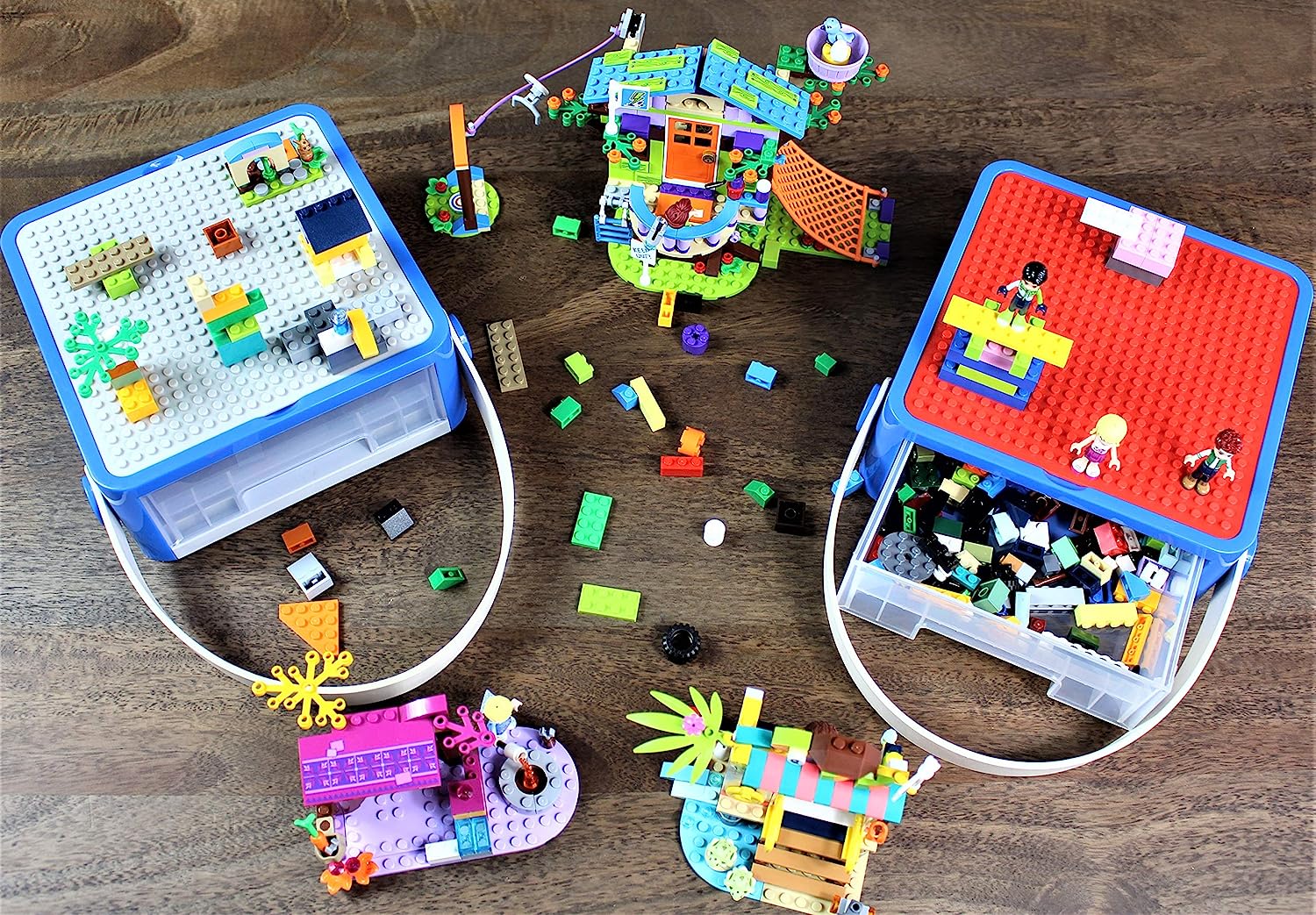
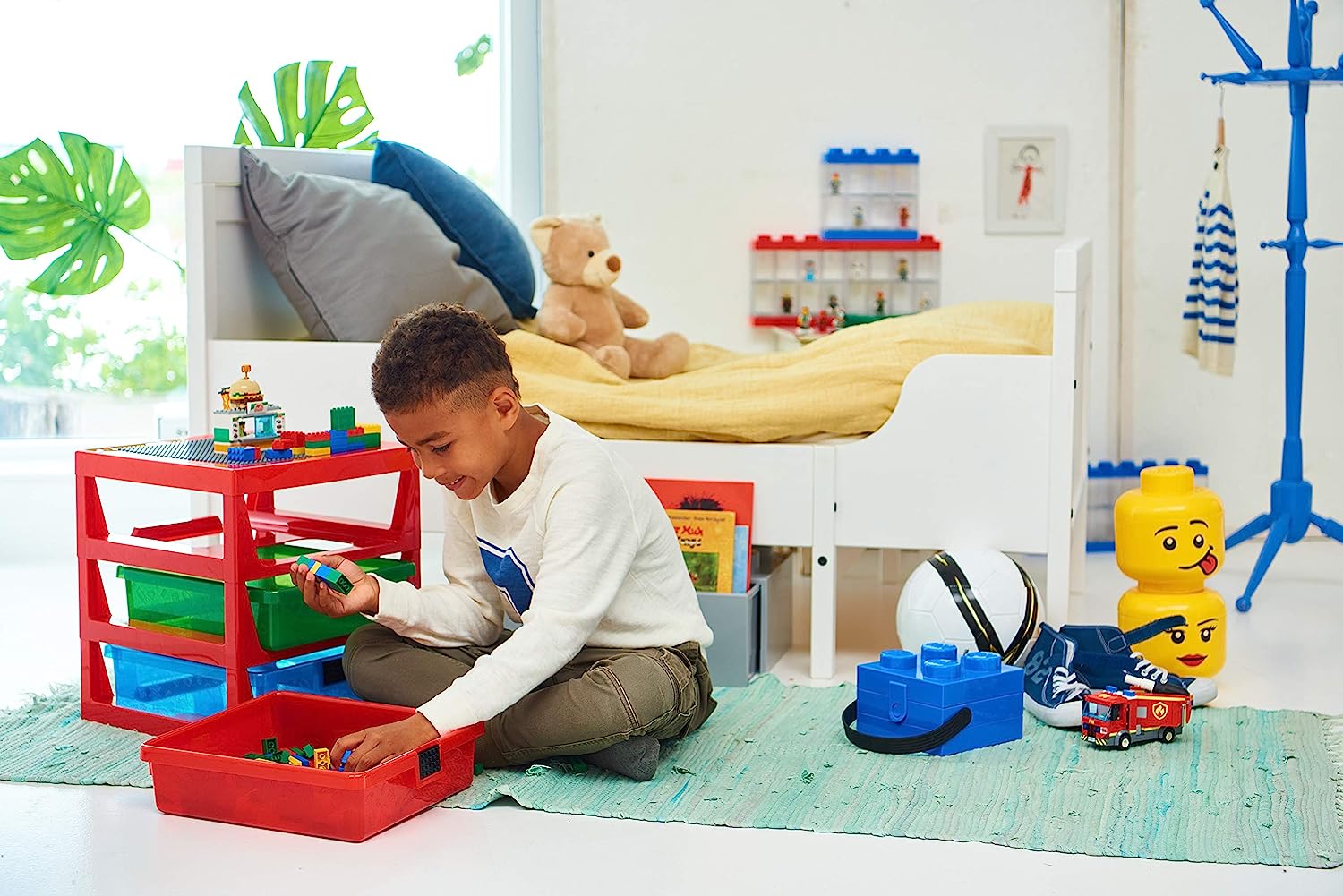
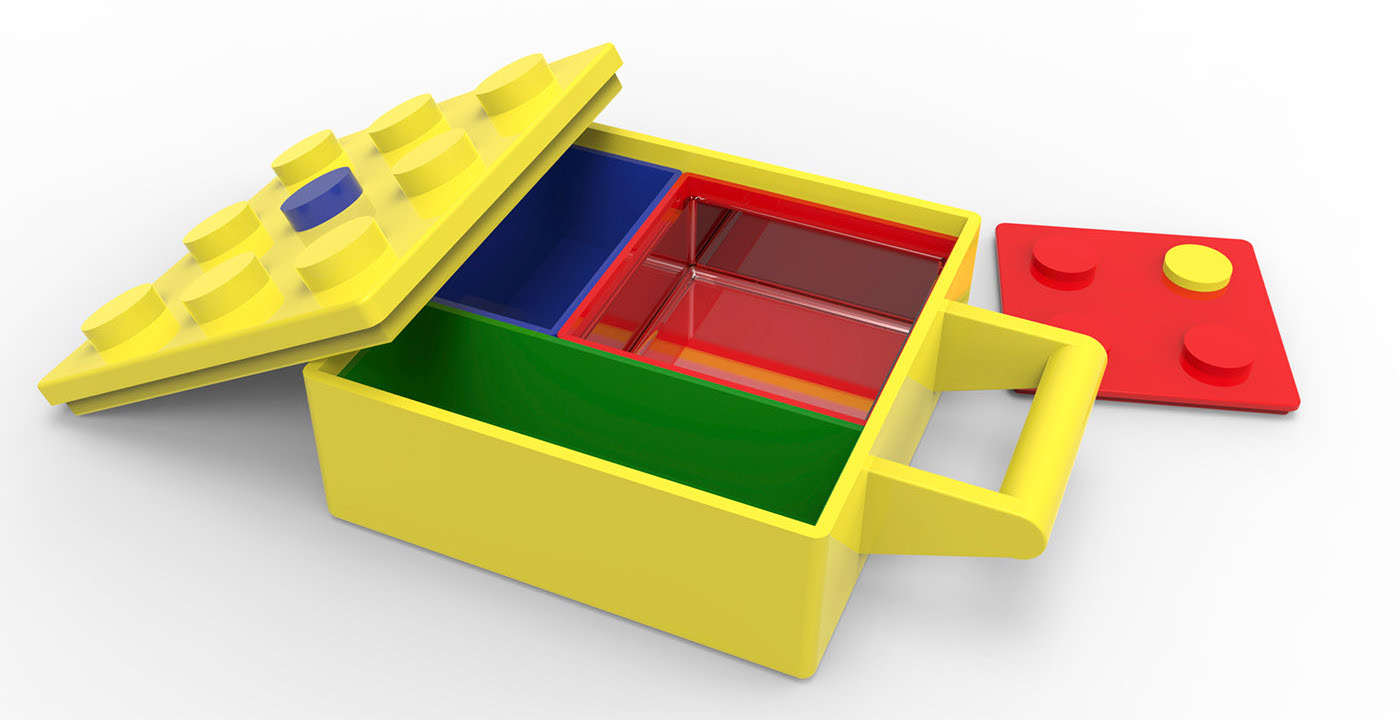
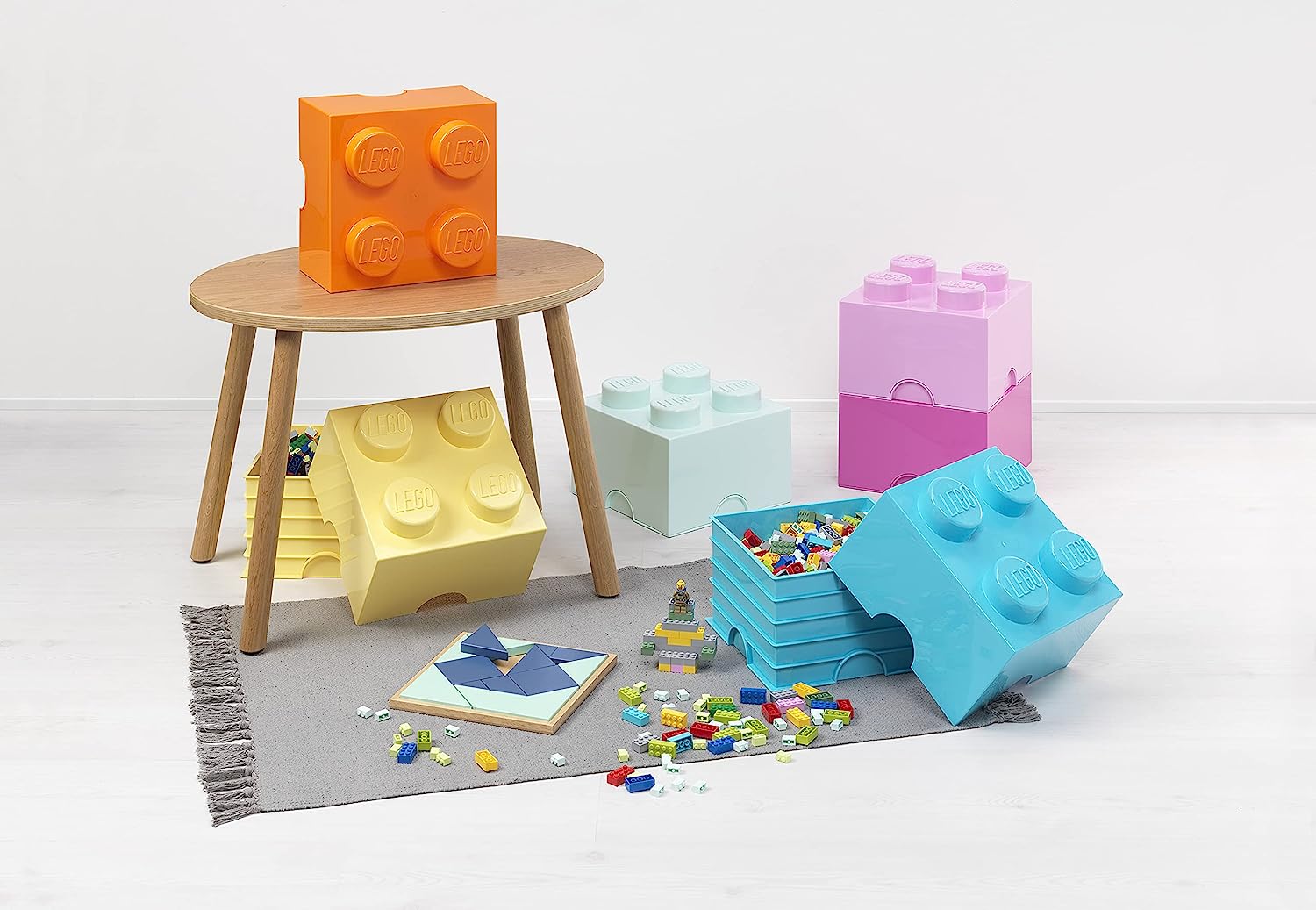
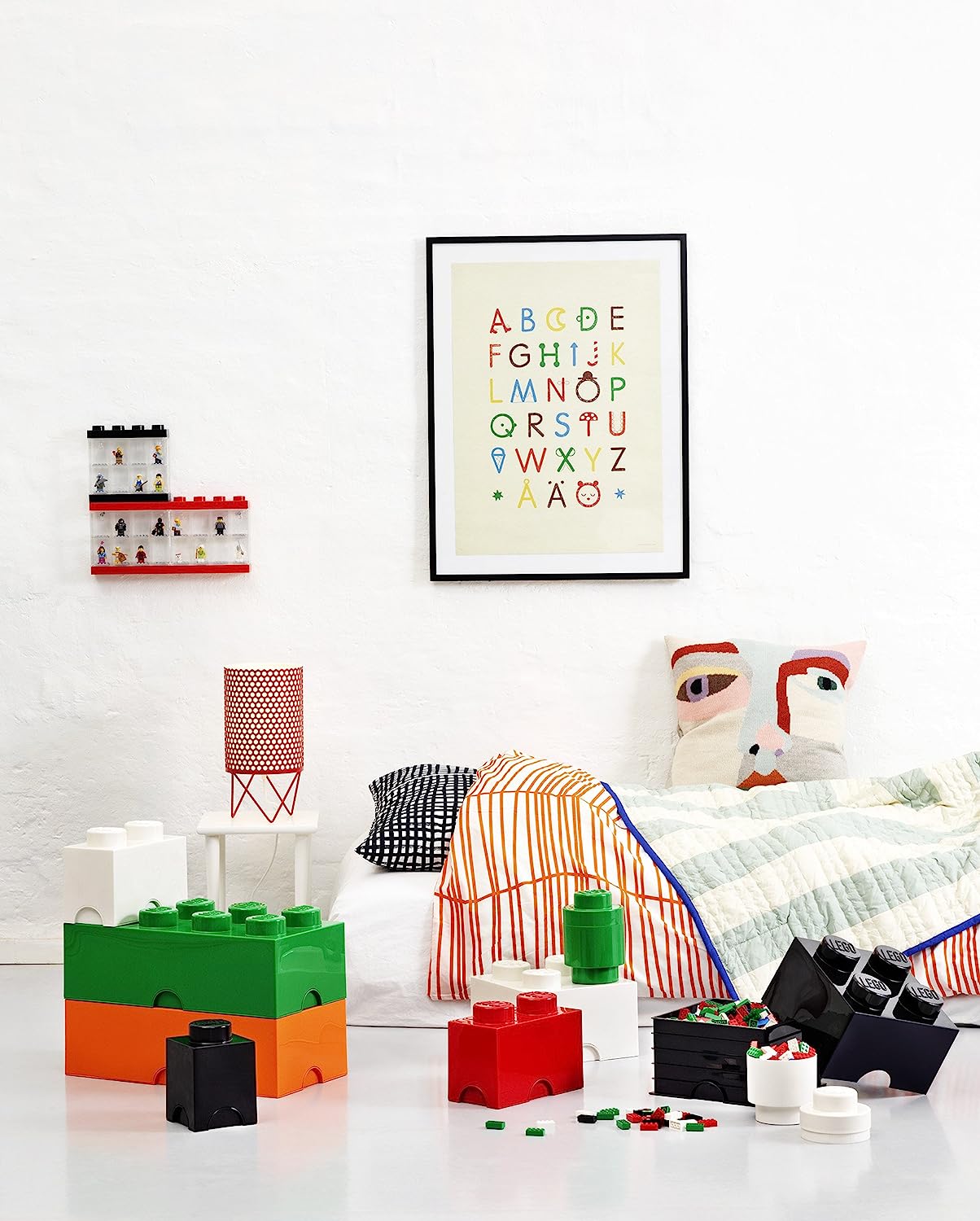

0 thoughts on “How To Store Legos That Are Built”